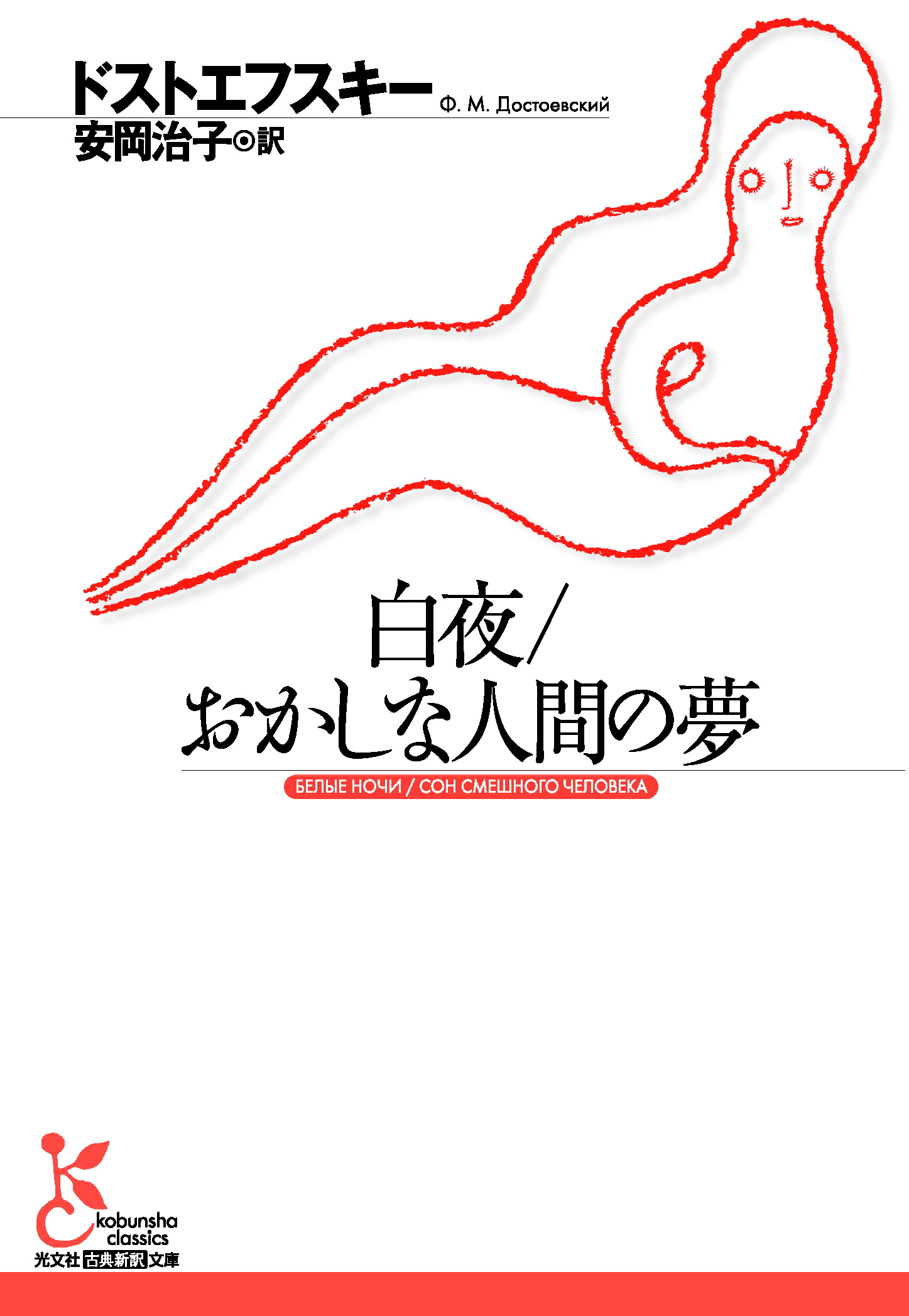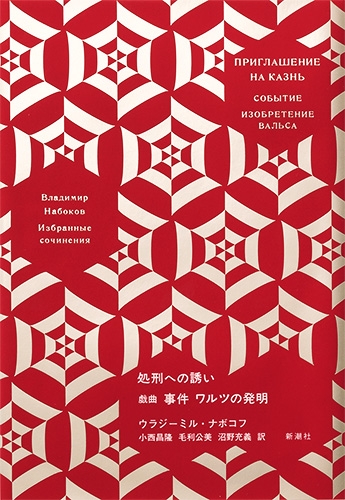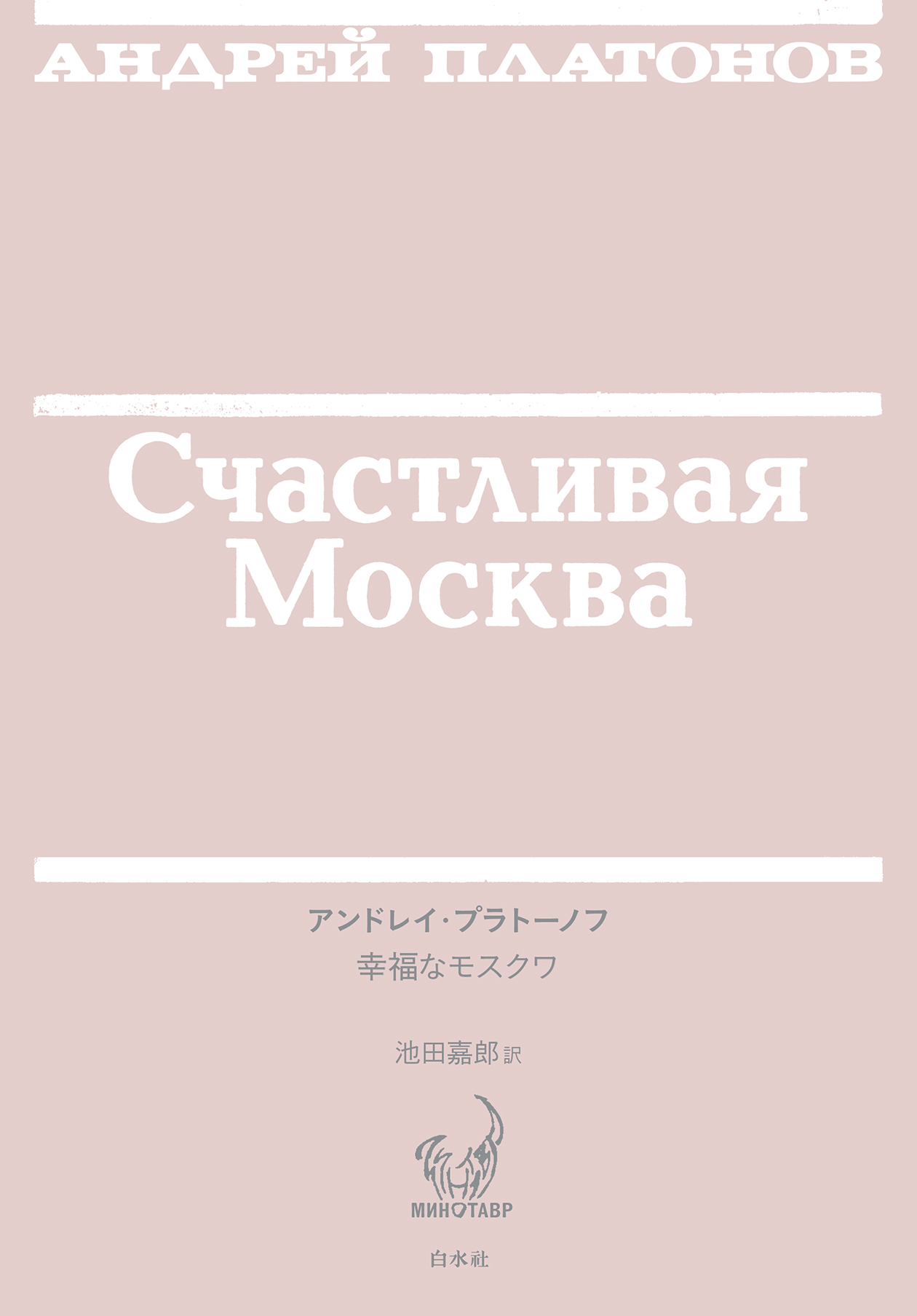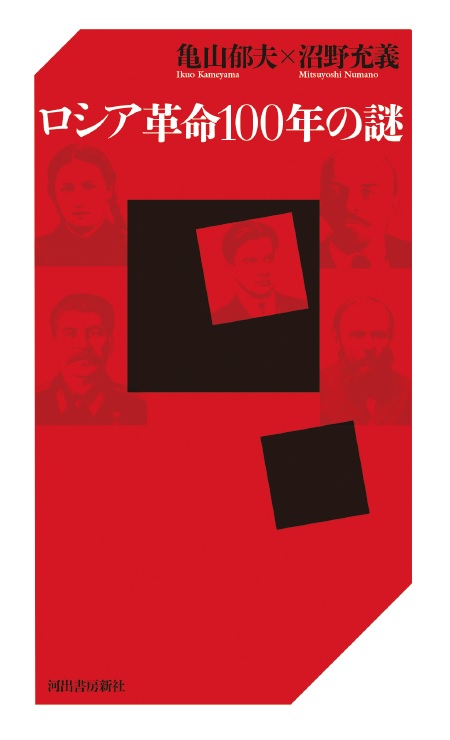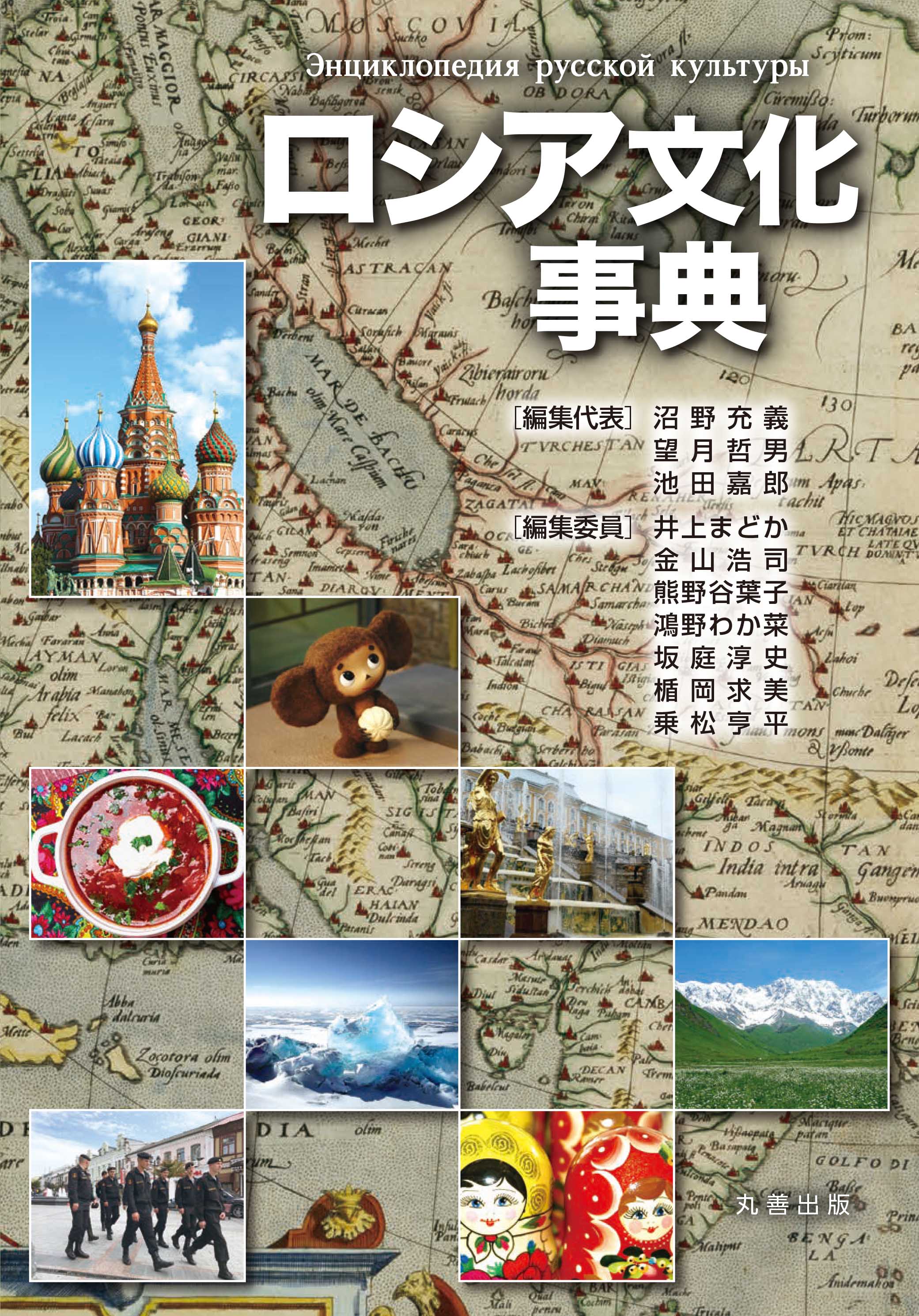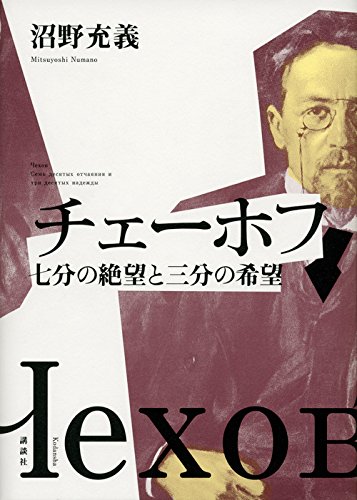
Title
Chekhov (70% Despair, 30% Hope)
Size
384 pages, duodecimo format
Language
Japanese
Released
January 26, 2016
ISBN
978-4-06-219685-7
Published by
Kodansha
Book Info
See Book Availability at Library
Japanese Page
This book addresses the life and work of Russian writer and playwright Anton Chekhov from a contemporary and global perspective. While Chekhov occupies center stage, the volume also draws upon the social reality of Europe, as well as Russian history from the 19th century to the present day. The narrative even incorporates elements linked to contemporary Japan. This work also brings more than a few discoveries to light, both in Chekhov’s life and in his writings. Methodologically, it represents a flawless fusion of the empirical philological tradition and the world literary orientation at the heart of contemporary literary studies. Originally serialized in Gunzō, Kōdansha’s monthly literary journal, this book is written in a style that general readers will find highly approachable. At the same time, it makes full use of an expansive collection of Russian and European language source materials, many of which are hard to find today. In this sense, this volume is also a rigorous academic work, complete with a detailed index and bibliography.
The following features are among the book’s unique points:
(1) This book does not aim to comprehensively account for the totality of Chekhov’s life. Rather, it focuses on crucial moments and events in the author’s life, finding new meaning in Chekhov’s boyhood years and the “mythology of childhood” in Russian literature; Chekhov’s complicated relationships with the women who surrounded him; his connections with contemporary revolutionary activity; the riddle of his travels to Sakhalin; and his baffling attitude toward his own illness and so on. With the aid of new materials, this book seeks to unravel several mysteries: Chekhov’s fascination with the mental asylum and zoo; the champagne the author drank to the last drop as he was about to die; and more.
(2) With regard to Chekhov’s body of writing, as well, this study continues to avoid a comprehensive analysis of the writer’s oeuvre; by introducing certain critical themes, this book homes in on works of particular relevance. In these cases, the book employs an approach that is equal parts biography and literary analysis. For example, in Chapter Four (“Chekhov and the Jewish Problem”), while delving into the author’s relationship with his first fiancé (who was Jewish), this chapter also demonstrates how Chekhov went about “deconstructing” the so-called “Jewish problem” in his writing, a matter that was of critical importance to the writer himself.
(3) The book pays careful attention to the age in which Chekhov lived and his cultural environment. The study’s scope accounts for a considerable amount of space and time. While arguably centered on the intellectual history of Russia at the end of the 19th century, it brings together a wide range of discrete topics, such as the women who participated in revolutionary activities, Russian occultism and religion, absurd laughter and the spirit of the age.
In these ways, this book not only offers new insights into many aspects of Chekhov’s life and writing that have been understudied until now, it also introduces a historical view of the age in which the great writer lived. This book has received highly positive reviews from newspapers, literary magazines and academic journals.
As an academic work, the book concludes with a detailed bibliography of relevant works produced in a variety of languages (including Russian and European languages), as well as an index. 351 pages.
(Written by NUMANO Mitsuyoshi, Professor, Graduate School of Humanities and Sociology / 2018)



 Find a book
Find a book


